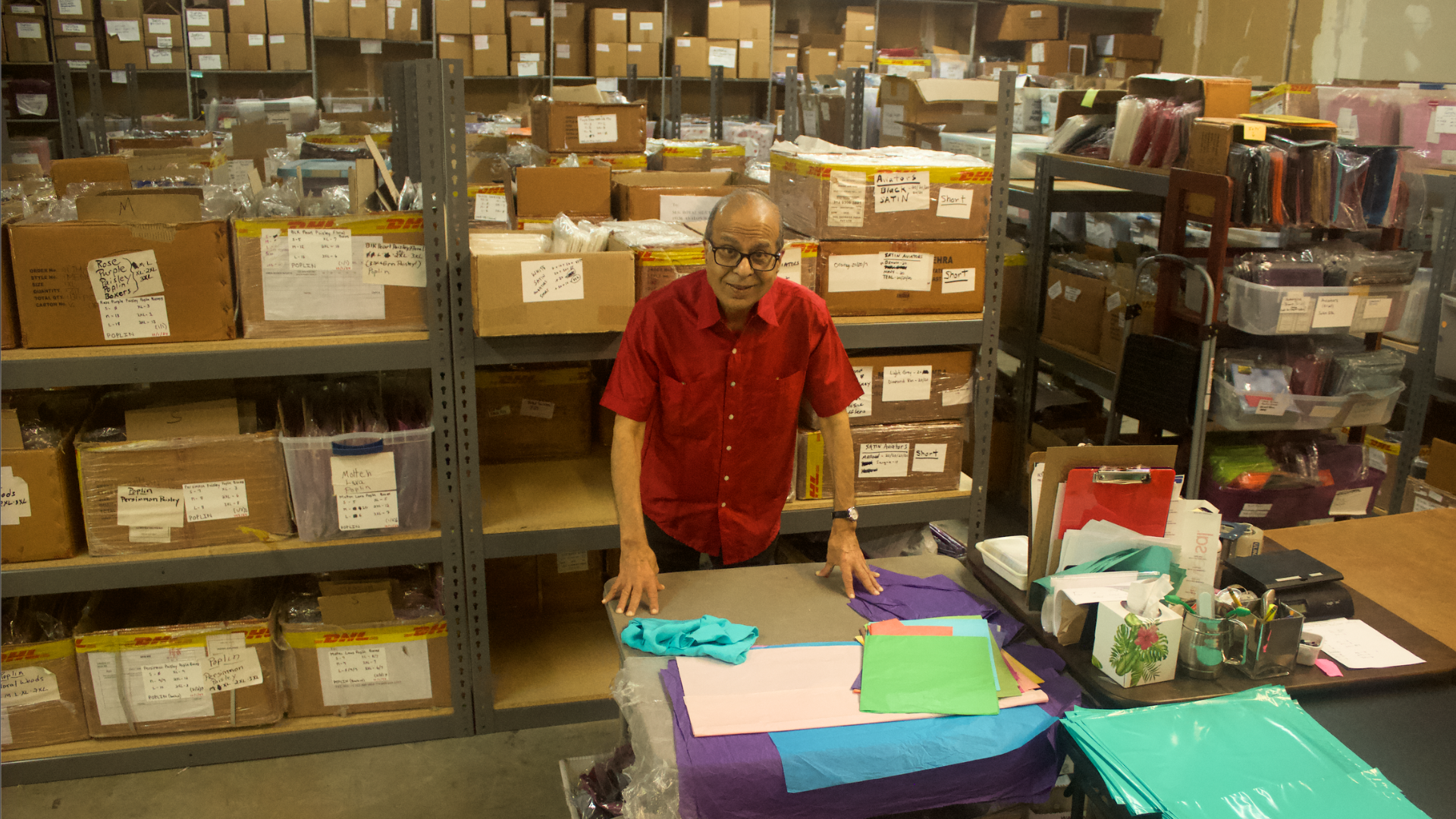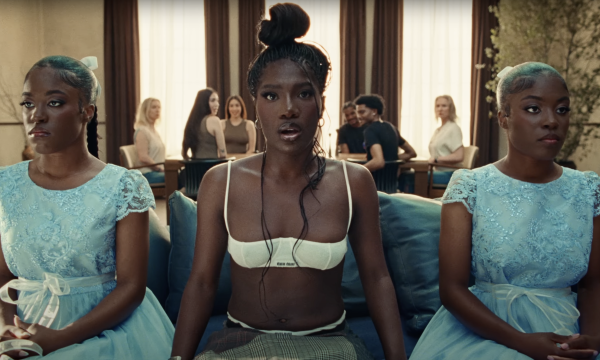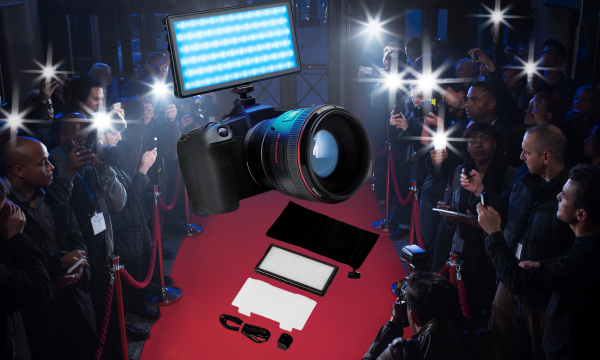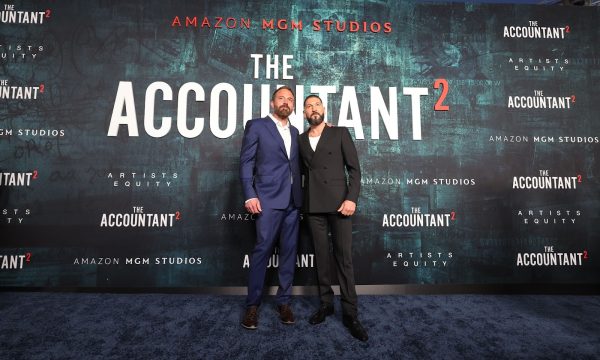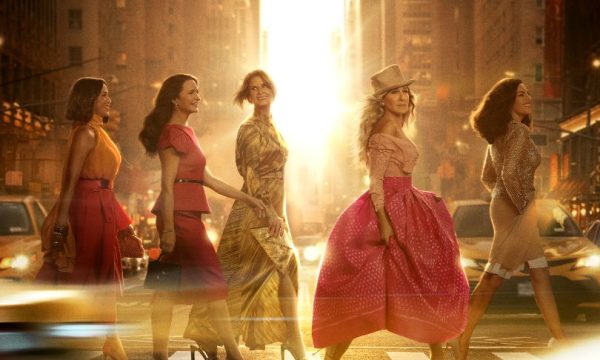Pak Melwani
Silk has always been one of my top 3 favorite fabrics. It is soft, elegant, breathable, easy-to-wear and luxurious. What’s not to like? However, silk is expensive and finding a blouse for $100 or under is not easy. After spending considerable time searching, I discovered Royal Silk. I have to admit that the website was in need of a little TLC, but after researching the company, I decided to take my chances and order a couple of silk blouses. It did not take long before I received my order and I was pleasantly surprised. The blouses are gorgeous. I decided to give a call to the owner and find out more about him and his company.
Royal Silk was founded by Pak Melwani. Born in Mumbai, India, his early years were spent in Aden, Yemen where his father was an importer, wholesaler, and trader. Learning the family business of export and trading from his Uncle in Kobe, Japan, Pak eventually graduated from Marist Brothers School before making the move to New York City. While attending Columbia University, Pak was a jack of all trades.
Marketing and sales seemed to be his calling. During the semester, he worked at New Yorker magazine as a national college student marketer. In the summer, he gained experience on Fifth Avenue working for his Uncle… Mr. P, who ran an import, wholesale and distribution company called India Nepal. From selling clothing to creating print catalogs, Pak even learned photography and copywriting. It was there that he found his passion for direct marketing.
He went on to collaborate with his friend Mitch and his wife Bina. Together, they opened a 1500 square foot gift and accessories store in the concourse atrium at the World Trade Center. Selling items from all over the world, Pak eventually began to import and market silk shirts for women.
It was there, in the back of the WTC shop that Royal Silk was born.
You started the company in 1970. How did you decide to specialize in silk?
First of all, to have a successful business it helps to have a close relationship with suppliers or with buyers. But if you are close to both, your chances are even better. In my case, Bina’s father, Mr. Buxi, owned a garment factory in Mumbai, India. Second, while I knew scores of clothing importers and distributors, none of them offered silk clothing. So there was a void in the mid-range fashion marketplace. Typically, in those days, department stores and very specialized boutiques sold silk clothing, mostly European, but at very high prices. Nothing for the ordinary aspiring women. This was a critical oversight. American culture was changing from Dagwood and Blondie to Brenda Starr. That is to say, in the late 70s, women, no longer satisfied with being simply housewives, were starting to flood the job market by the millions. Of this large group, upwardly mobile and aspiring women wanted to dress sharply and still be feminine. I sensed that an affordably priced basic silk blouse in several colors would be a perfect choice, especially at a price of $22 which included shipping. Now all I needed was a great name that was easily memorable and identifiable. I came up with ROYAL SILK. But when I applied for it, the New York State regulators denied my choice. Luckily, in the denial letter, the acting official’s telephone number was listed. I asked him his reason for denying the name because it wasn’t being used. So he checked his notes and found an unregistered fabric company that was inactive. As a result, he asked me to re-submit my application and he said that he would approve it. And that is exactly what happened.
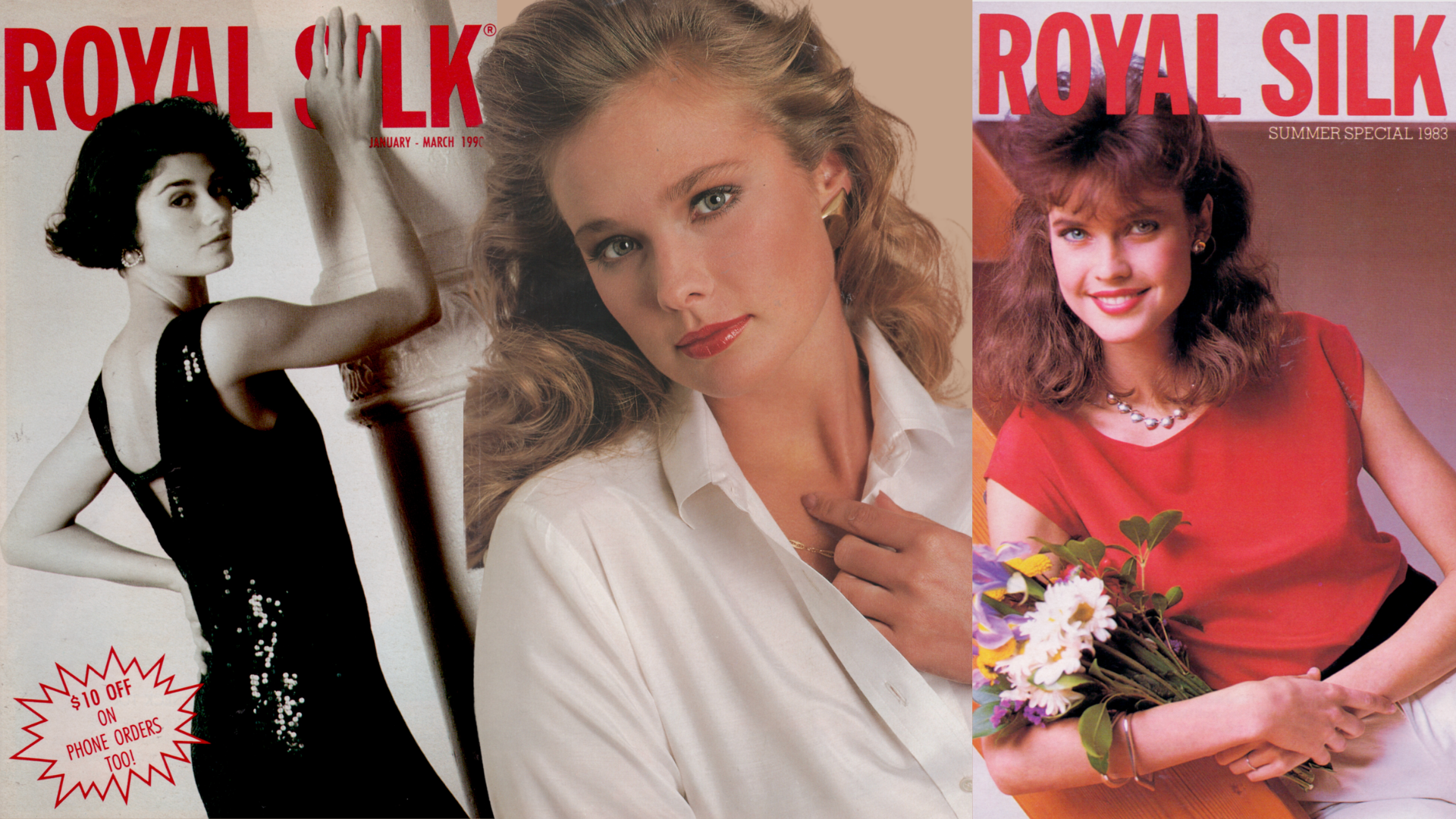
How many employees did you start with and how many do you have now?
Royal Silk started in 1978 with 3 employees. At its peak, in 1987, it had about 120 employees. Currently Royal Silk has 7 employees.
Why silk from India instead of China or other places?
Over the years, Royal Silk has bought and imported silks from India, China, Japan, Korea, Hong Kong. Moreover, we also have some items made in the USA, such as our silk hair shampoo, silk hair conditioner, perfume, and mesh laundry bags to machine wash silks and other fine washables. Currently, we buy from Korea and India. Korea gives us some very high-quality silk jacquards and silk twills at very competitive prices. India has a huge variety of silks, in prints, weaves, embroideries and embellishments. Today, China has higher prices and higher requirements. Moreover, sericulture (silk production) is shrinking in China. Whereas, it is growing in India. This is one way for India to reduce poverty and I am in favor of it. Finally, being Indian, I am very comfortable dealing with Indian factories and merchants. I am in tune with India’s culture and its many faces. In short, silk clothes and items are made mostly in India today and, to some extent, in Korea. At the right time and opportunity, Royal Silk would consider importing from China again, as well as a number of other countries.
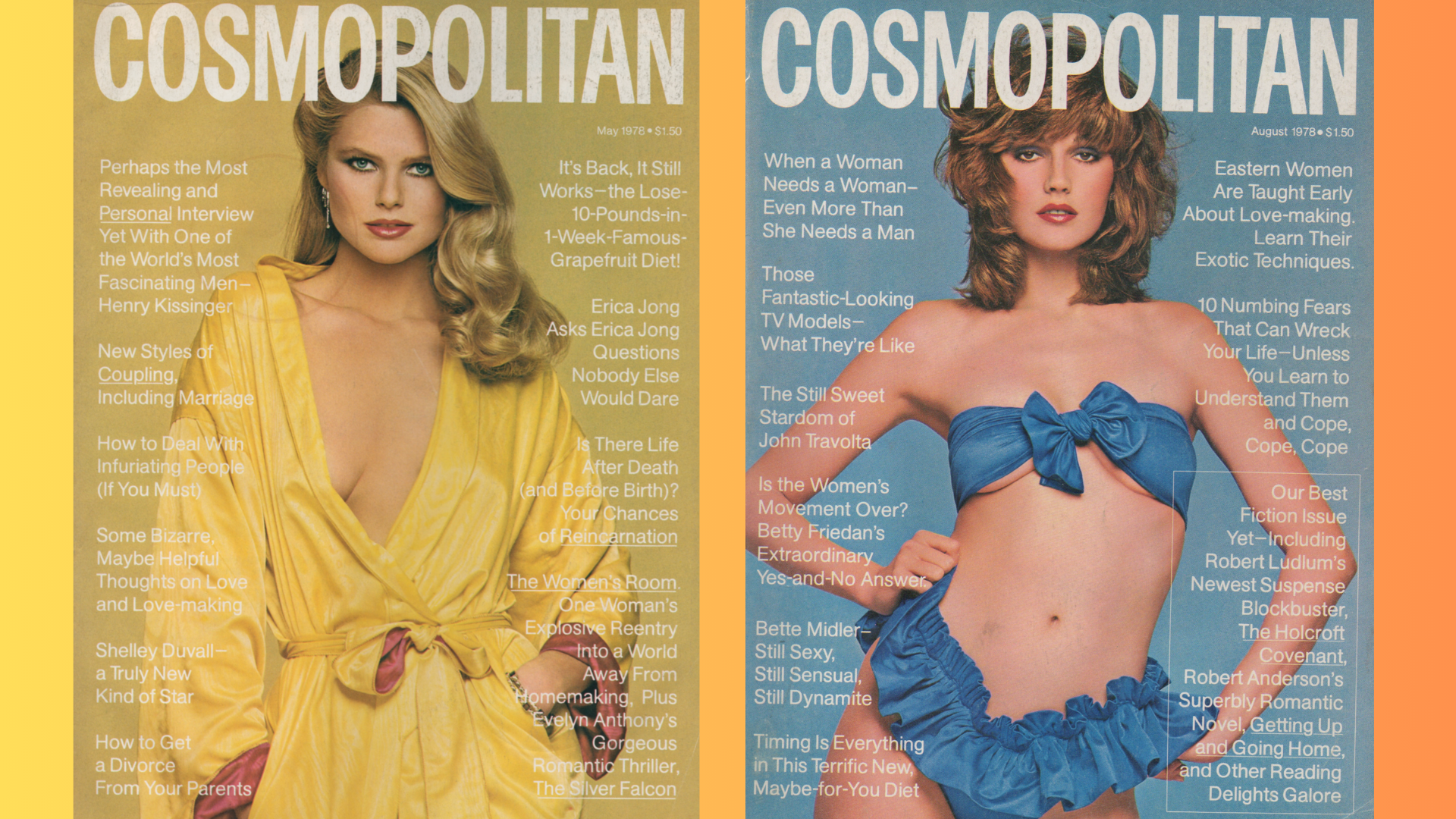
What garment did you start with?
In February 1978, I had a dependable supplier, a basic silk blouse at an affordable price, and a very good name for the brand. Now all I needed was to find women buyers who would be convinced to buy the silk shirt. In those days, most of the fashion messaging came from glossy women’s magazines, such as: Glamour, Mademoiselle, Vogue, and Cosmopolitan. I knew this from the buyers, writers, editors and publicists who would frequent my uncle’s textile showroom on Fifth Avenue. So I contacted and met the reps of all these magazines to get their advertising rates, circulations, and demographics. The one who convinced me the most was the savvy rep from Cosmopolitan where direct marketing was a back-of-the-book feature. He really knew what he was talking about and he had all kinds of valuable contacts and ideas for me. Also, I constantly quizzed women I knew about the idea of a silk blouse for $22. And I spoke to numerous newsstand magazine vendors on the streets and subway stations of New York. All of them told me that Cosmopolitan (and Playboy) were the fastest selling magazines and that they always sold out. Other unsold magazine names were typically returned to the publishers, not Cosmopolitan or Playboy. Also, notable was the fact that Cosmopolitan, unlike most magazines, did not offer subscriptions. Women (and men) actually had to buy it at the checkout counters of supermarkets, bus stations, airports, and local newsstands.
Three months later, Royal Silk first appeared to the public in the May 1978 issue of Cosmopolitan in the form of a half-page, four-color ad for a red silk shirt with a mail-in coupon and a toll-free number. We sold about 2,500 silk shirts. The offer was very successful. From then on, we advertised in Cosmopolitan at least four times a year. That’s how we started and built the first stage of our business. After that, the business kept expanding. In fact, we moved often because we needed more and more space.
What followed after the success with Cosmopolitan?
During this time we were compiling ever-increasing names of customers on index cards which was quite time-consuming. We were one of the first, if not the first company to lease computer services to create an electronic database. The whole idea was to compile an easily usable list to mail quarterly catalogs to our customers. The first Royal Silk catalog, titled “Spring Summer 1980,” was mailed in December 1979. (see www.royalsilk.org) Basically, what followed was primarily silk tops, shirts, and blouses. We mostly catered to women. Although we found that men bought silks as gifts for women. So gradually we developed some silk styles for men. Within ten years, Royal Silk was mailing 2.5 million to 3.0 million catalogs eight to ten times a year. Royal Silk expanded from catalogs to about 30 or so licensed Royal Silk stores.
How many styles do you offer?
Today we offer over 300 distinct items.
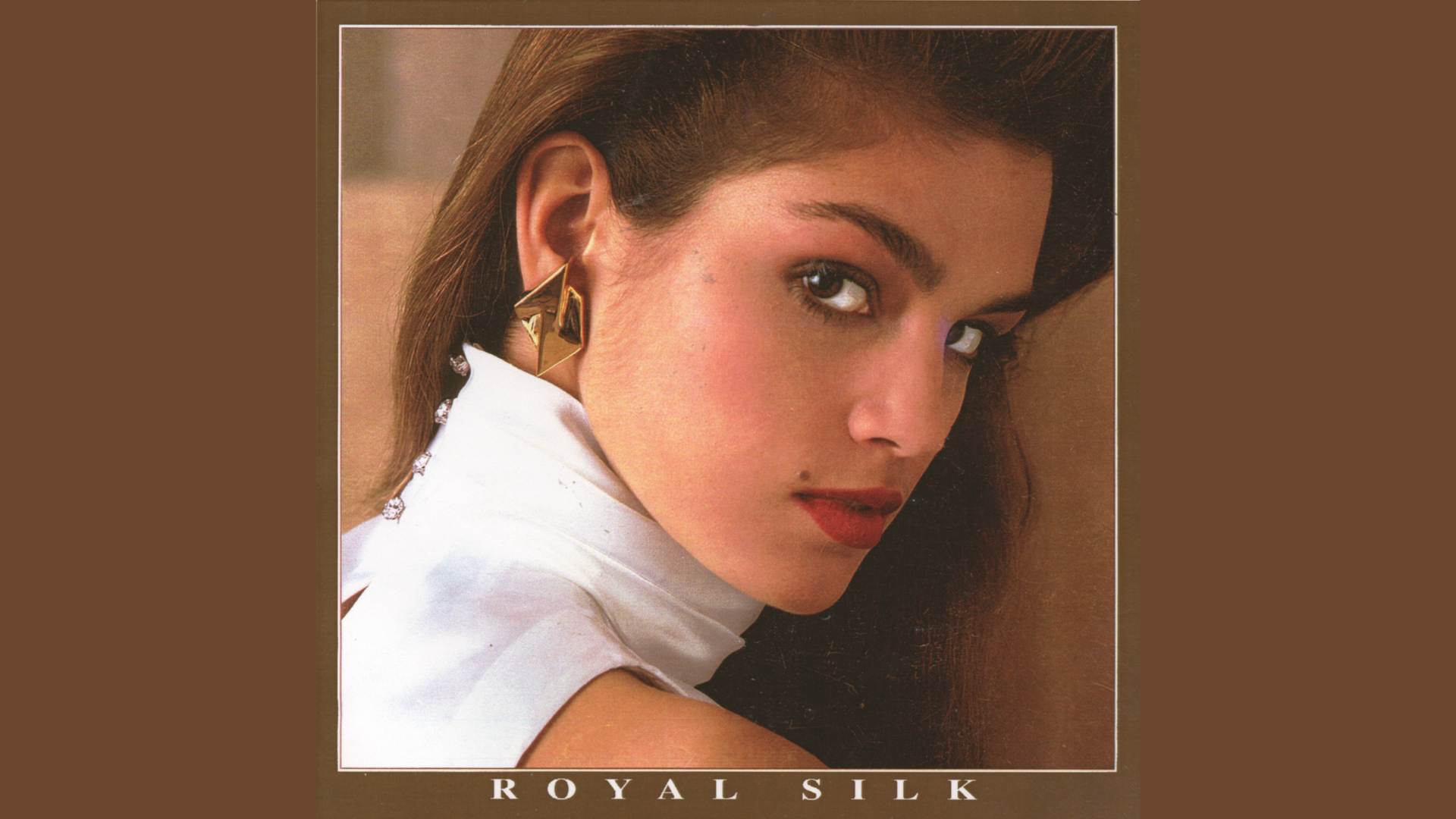
You have other products on your website such as shampoo + conditioner, as well as jewelry. How did this come about and why?
Early on, one of the marketing and merchandising lessons we learned was that women who bought silks also bought personal care products at a high rate. We also found that our brand name was highly suitable for beauty products. So we hired a perfume consultant to help us develop a perfume. We used Cindy Crawford as one of the models to promote our perfume.
Later on, from decades of my own personal experience, I was always highly dissatisfied with the hair shampoos I had tried. Eventually I tried them all or as many as I could. Always the same result — hair felt dry and parched, stripped of its essential oils, easily knotted, easily damaged, and impossible to comb or brush without snapping the hairs of the scalp. This was really annoying to me. Eventually I settled on baby shampoo but after a while, I was unhappy with this product also. It too was somewhat harsh. And it wasn’t soft enough for me. Finally, I decided that Royal Silk had to create a softer, smoother, silkier hair shampoo compared to anything else in the market. To be sure, there were some other silk shampoos on the market but they were equally bad. It took me over two years to go back and forth with the manufacturer and its lab to finally develop the right formulae for the shampoo and conditioner using premium ingredients and silk proteins and offering it at a highly affordable price. As a result, I feel that we have an outstanding hair shampoo and hair conditioner.
But there was another important factor as to why these products were developed, including jewelry. For the last 25 years, if not longer, Royal Silk has been plagued by a large variety of unauthorized infringers who have used the Royal Silk mark on products like cigars, whisky, blouses, clothing, fabrics, bed sheets, pillow covers, scarves, wedding gowns, body creams, hand creams, face creams, eyelashes, fiber fills, handkerchiefs, etc. At one time, even Nike and Target and other famous names have used the Royal Silk mark. So for legal reasons, we have had to go into these additional products to be able to enforce our rights to the Royal Silk mark in various categories of goods. In fact, we have been in court with many of these infringing companies and stopped them from using the Royal Silk mark. In any case, this is an ongoing problem and one that we are very experienced in dealing with.
How do people find you?
(a) Google and other search engines; (b) Amazon; (c) some advertising, such as Smithsonian and Vogue magazine; and (d) word-of-mouth.Shop Royal Silk here


